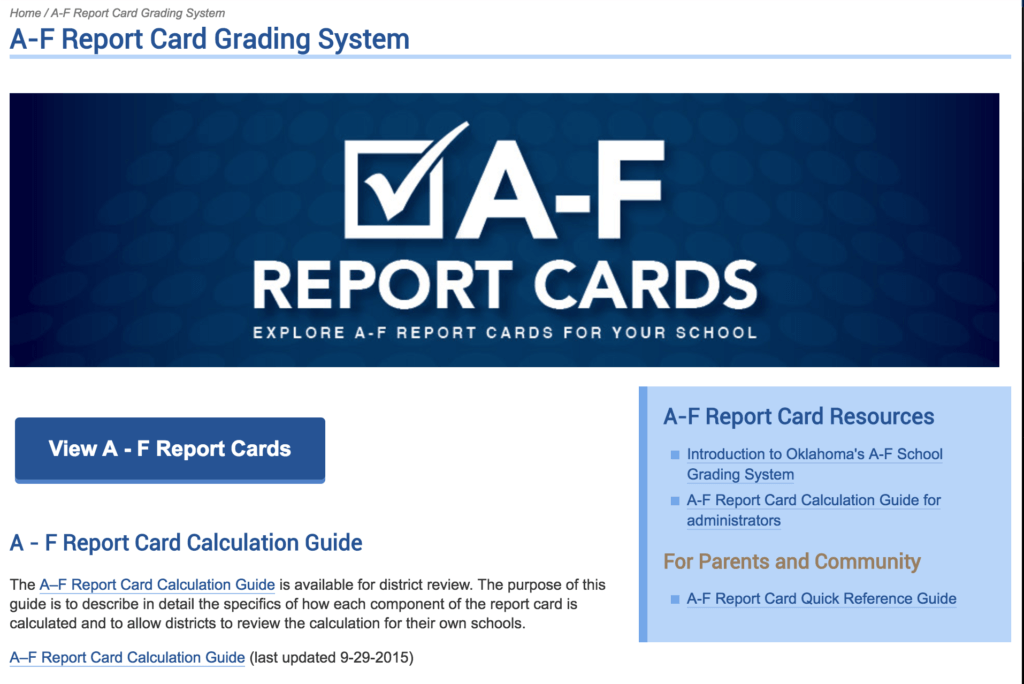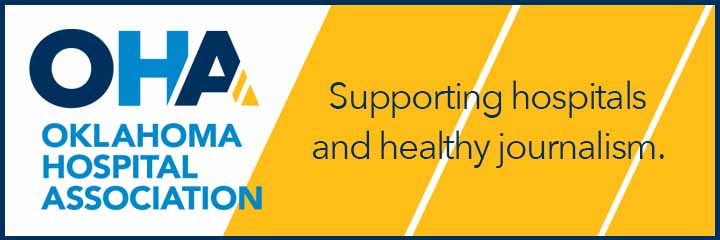

Back in the early 1990s, there were some potentially useful purposes for hard copies of data-driven report cards about school performance. For example, they could line the bottom of the birdcage or be used to light a fire.
Now that most people read A-to-F school grade cards online, it’s hard to think of any benefits they provide, because even though they are being issued a half -ear after the 2015 school year, it is still too early to light a wood stove with the paper reports.
Seriously, though, the No Child Left Behind (NCLB) federal law was so full of loopholes that its metrics were designed for one and only one purpose: to shame schools that were supposedly failing.
The punitive part of the plan was to provoke a series of headlines about failing schools and bad teachers that would allow corporate reformers to impose their test-sort-reward-and-punish approach to school transformation and privatization.
At the time, I had hoped that schools would do no more than pretend to take note of NCLB results and the school grade cards that followed. But, powerless and compliant urban school systems and, later, all of the nation’s schools took them seriously. Especially in low-performing, high-poverty systems, teach-to-the-test malpractice was increasingly imposed.
As a result, the growth in the nation’s reliable National Assessment of Educational Progress scores slowed. So, test-driven reformers used unreliable and invalid value-added test scores for teacher evaluations while also using growth models, school turnovers, transformations and closures to bully timid systems into boldness.

Ridiculous school grade cards beneath respect
Oklahoma should avoid the mistakes of 15 years ago and refrain from bestowing respectability on those ridiculous grade cards, the latest of which were released Thursday by the Oklahoma State Department of Education.
Some pieces of the Oklahoma A-F Report Card data will prove beneficial, but the idea that a single grade can be generated by those numbers is nutty. We all knew that the low-poverty magnet and charter schools would earn high As and that high-poverty schools will mostly get F’s. However, does anyone think that Emerson Alternative School or Seeworth Charter deserve F’s?
I pledge to not do any serious analysis of those final grades, but I will cite just one pattern: Look at OKCPS’s Mid-High neighborhood schools. All three of those middle schools received Fs, but two of the high schools in the same building received Cs. Look at their charter school counterparts (which don’t face nearly the same challenges), and the middle schools received two Ds and a C+. Meanwhile, their high schools received two grades higher.
Does anyone think that the nearly identical discrepancies in “outcomes” was due to awful middle school educators in the same building and/or the same charter organization as their effective high school counterparts?
Of course, school grades mostly tell us what ZIP code the students come from. This year’s grades also bring the shocking news that middle school is tough.
Who would have thunk it?




















